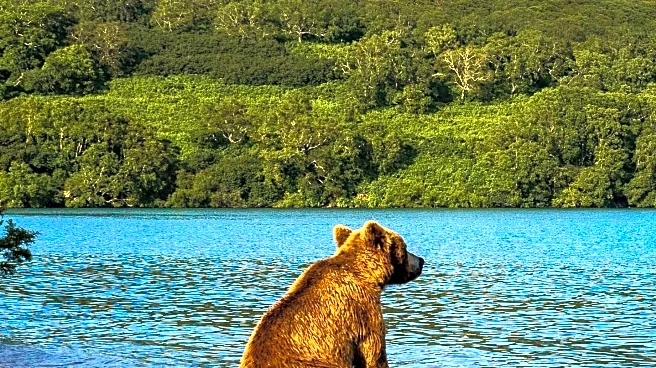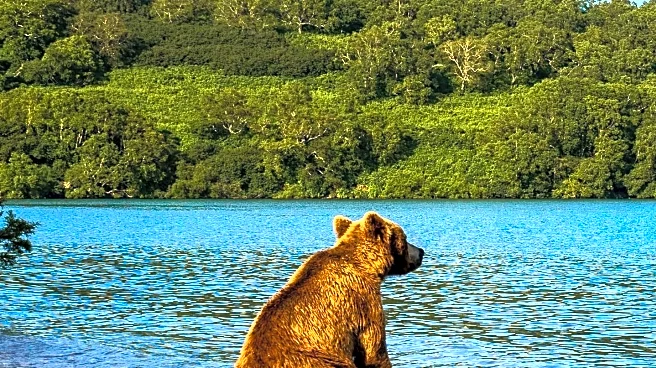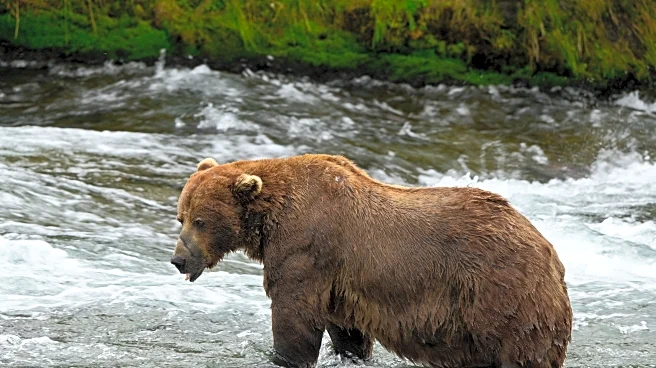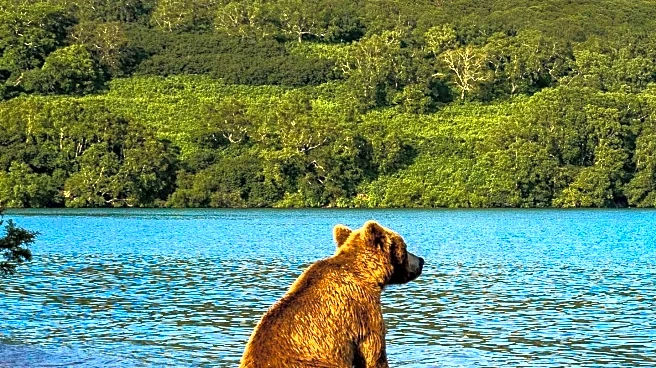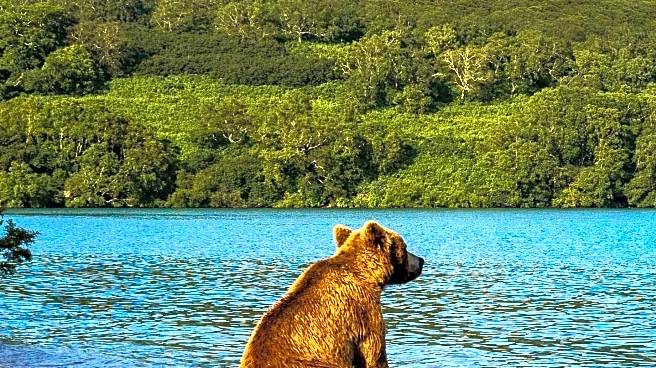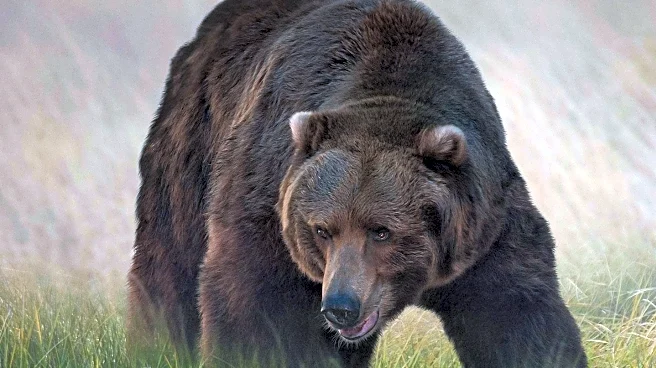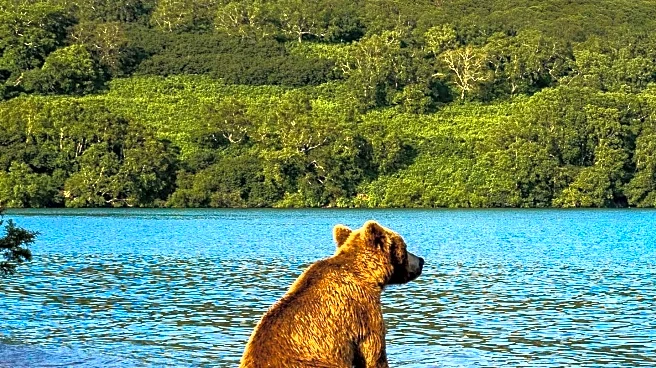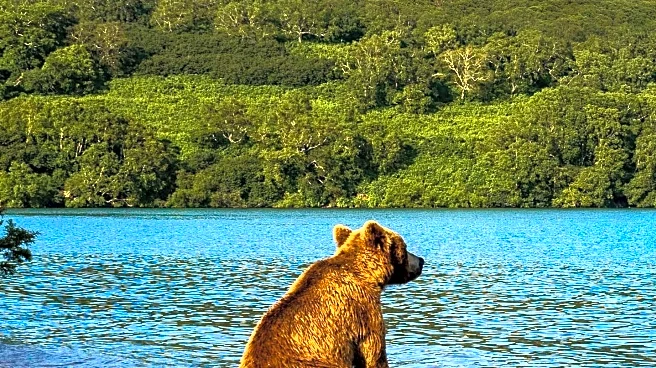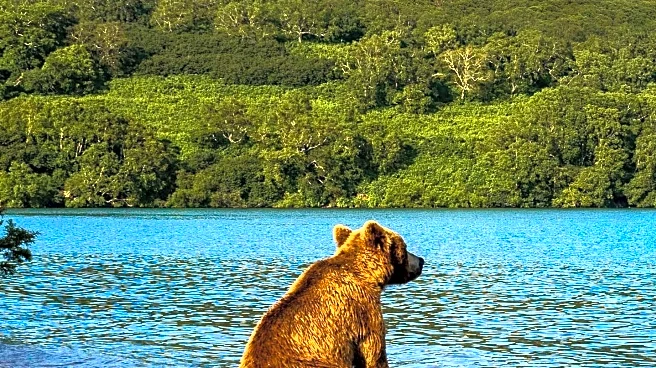What's Happening?
Fat Bear Week 2025 is underway at Katmai National Park in Alaska, where brown bears compete in an annual contest to determine which bear has gained the most weight over the summer. The event, which runs from September 23 to 30, features a single-elimination tournament where the public votes online for the bear they believe best exemplifies 'fatness and success.' This year’s contestants include returning champion 128 Grazer, known for her defensive nature and past victories, and several newcomers such as bear 99, making its first appearance. The competition highlights the bears' ability to gain weight, a crucial factor for their survival during winter hibernation.
Why It's Important?
Fat Bear Week serves as an engaging way to raise awareness about the health and survival of brown bears, emphasizing the importance of their natural habitat and the ecological role they play. The event draws attention to the bears' need to accumulate fat reserves for hibernation, which is vital for their survival. It also fosters public interest in wildlife conservation and the natural environment of Katmai National Park. The contest has become a popular cultural event, attracting global attention and participation, thereby supporting conservation efforts through increased awareness and potential funding.
What's Next?
As the competition progresses, the bears with the most votes will advance to subsequent rounds, culminating in the crowning of the 2025 Fat Bear Week champion. The event is expected to continue drawing significant public interest, with potential discussions on wildlife conservation and the impact of environmental changes on bear populations. Stakeholders, including conservationists and park officials, may use the event's popularity to further promote conservation initiatives and educational programs about the importance of preserving natural habitats.
Beyond the Headlines
Fat Bear Week also highlights broader ecological and ethical considerations, such as the impact of climate change on bear habitats and food sources. The event underscores the need for sustainable environmental practices to ensure the long-term survival of these species. Additionally, it raises questions about human interaction with wildlife and the balance between entertainment and conservation.

